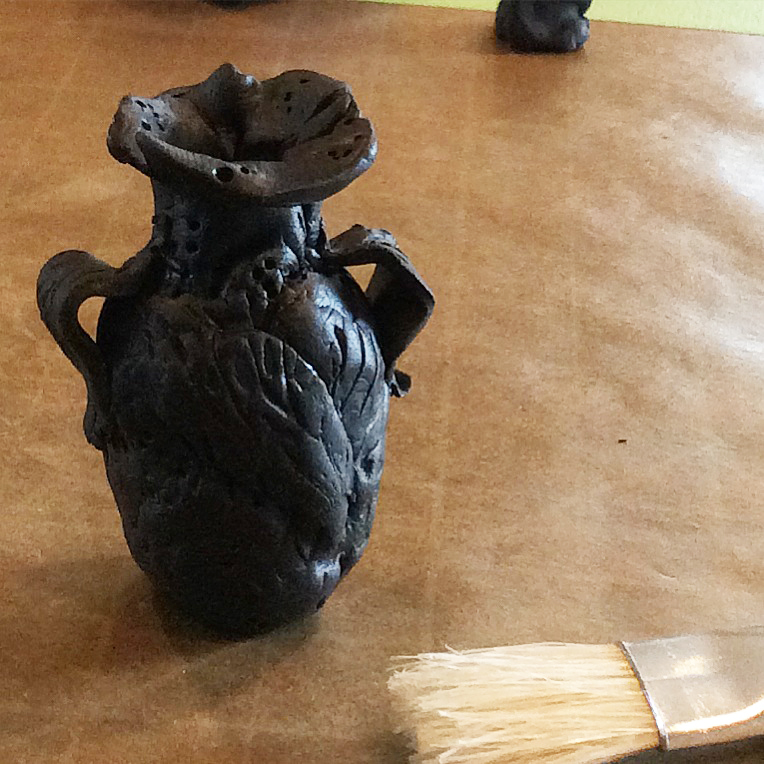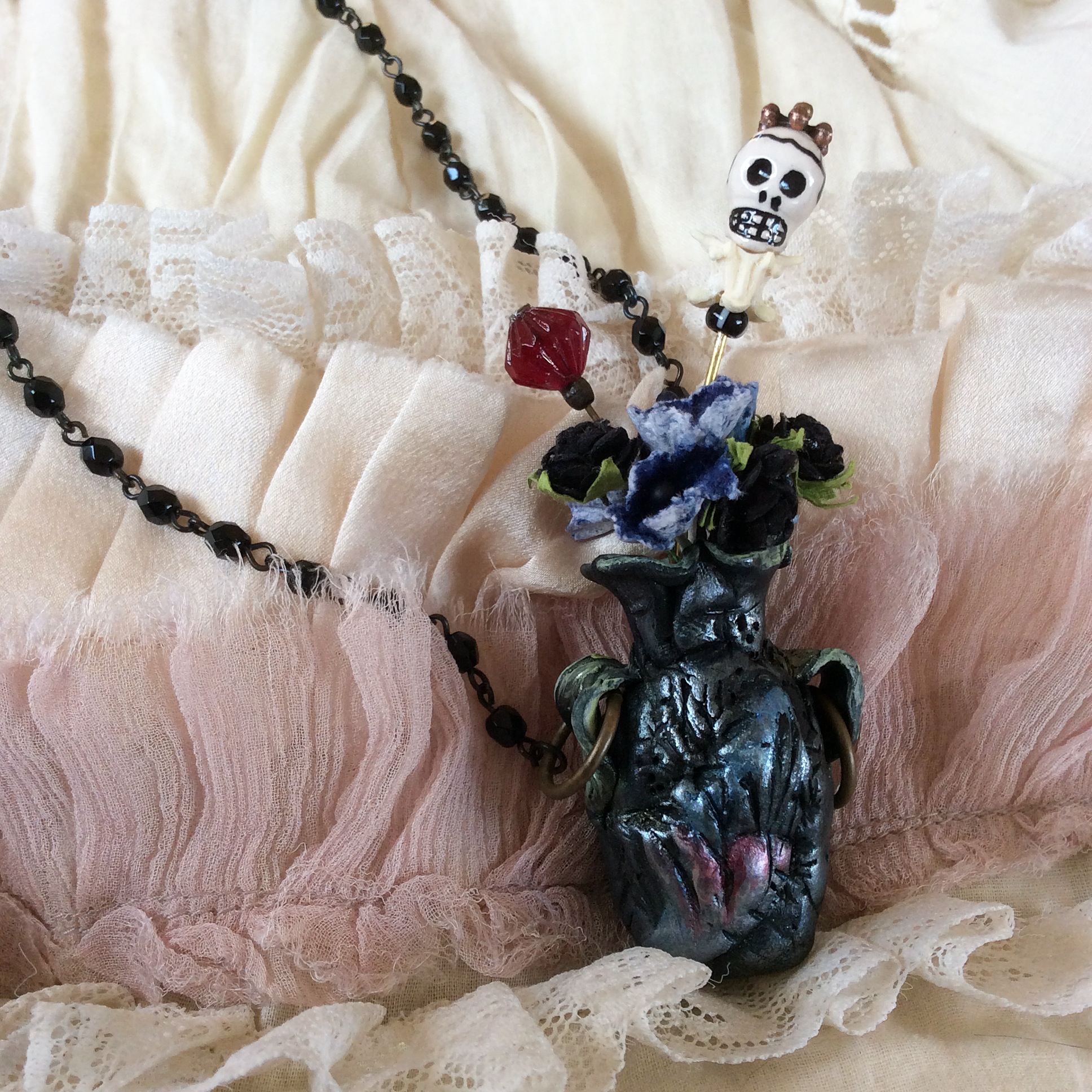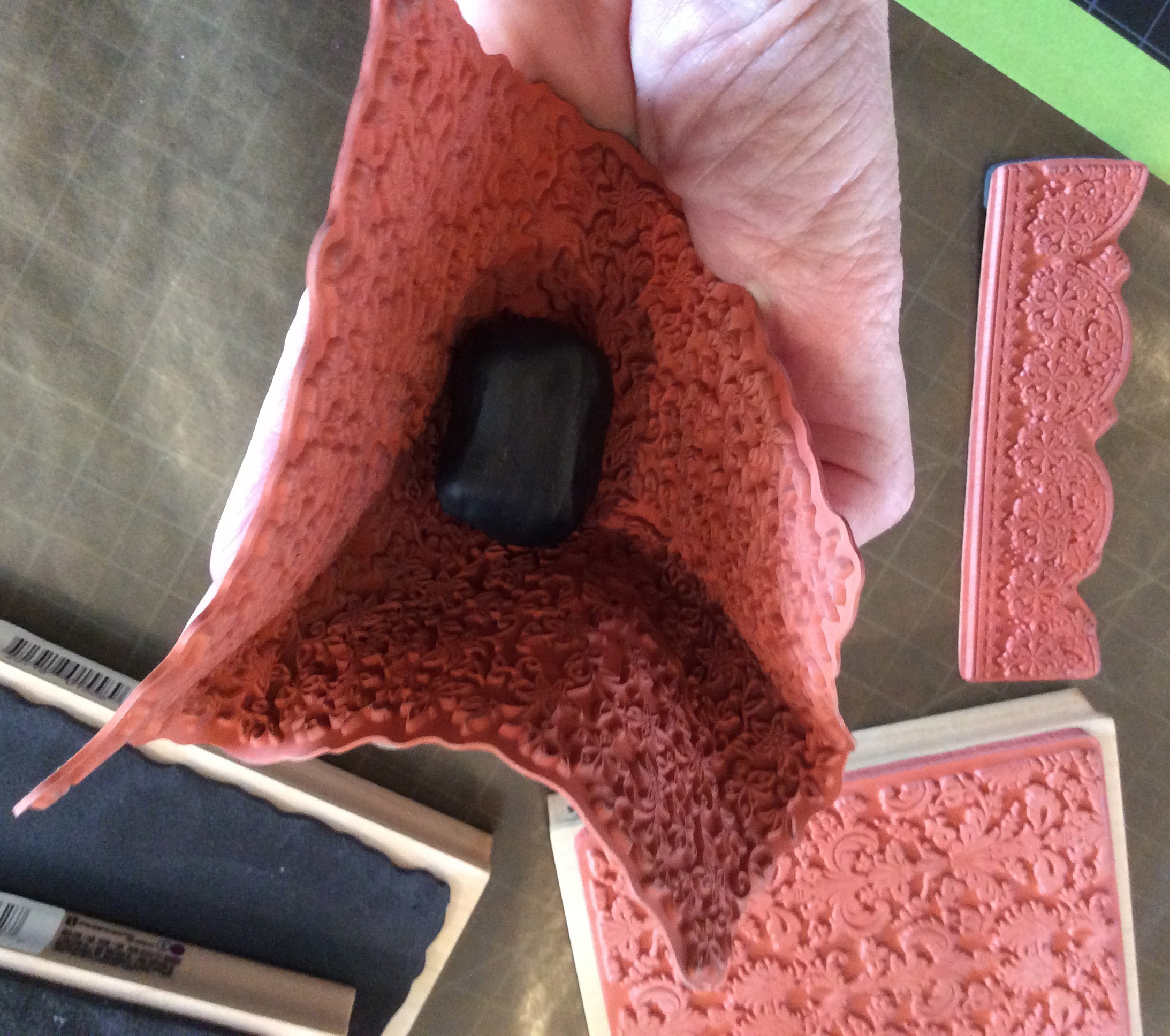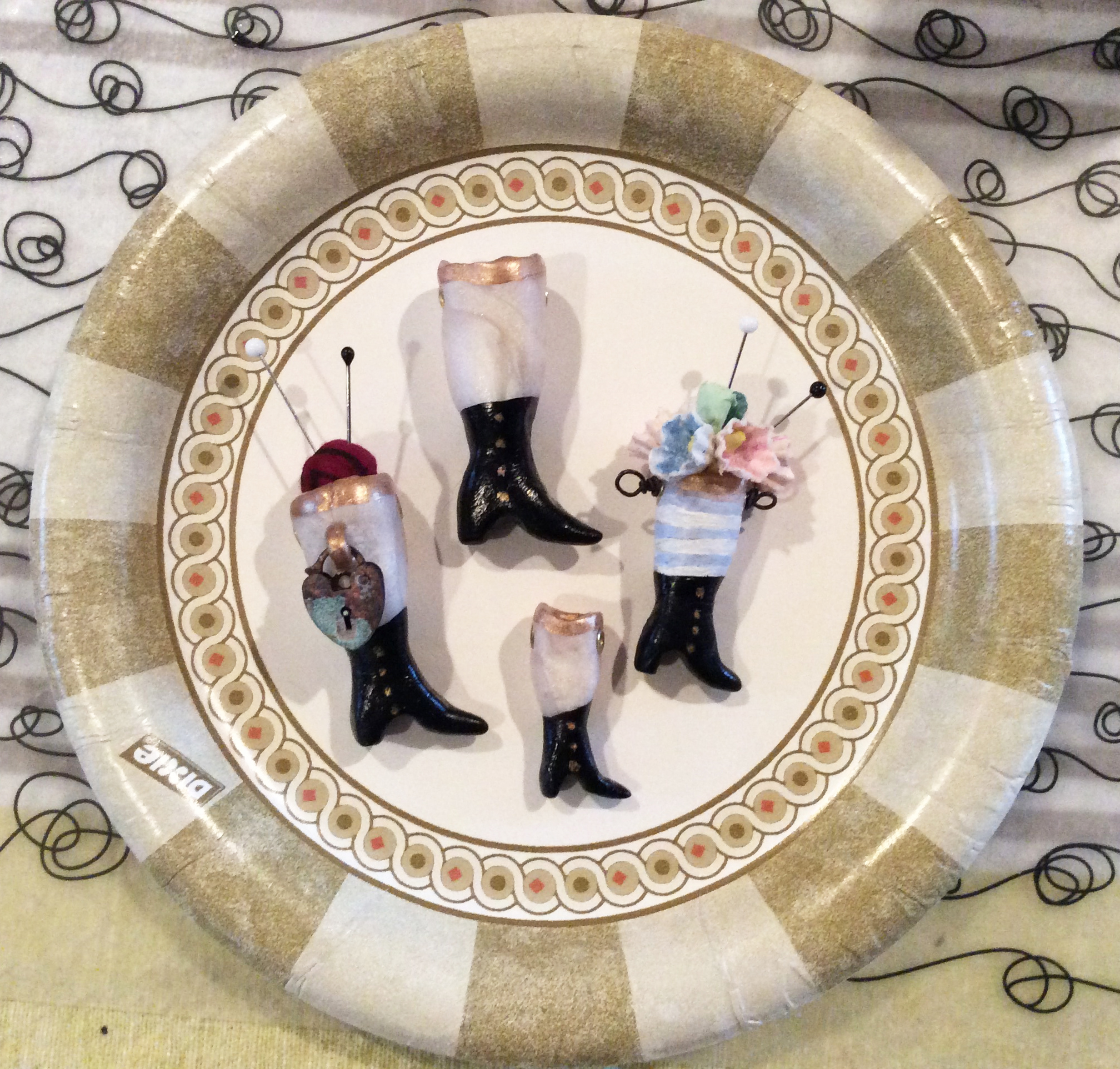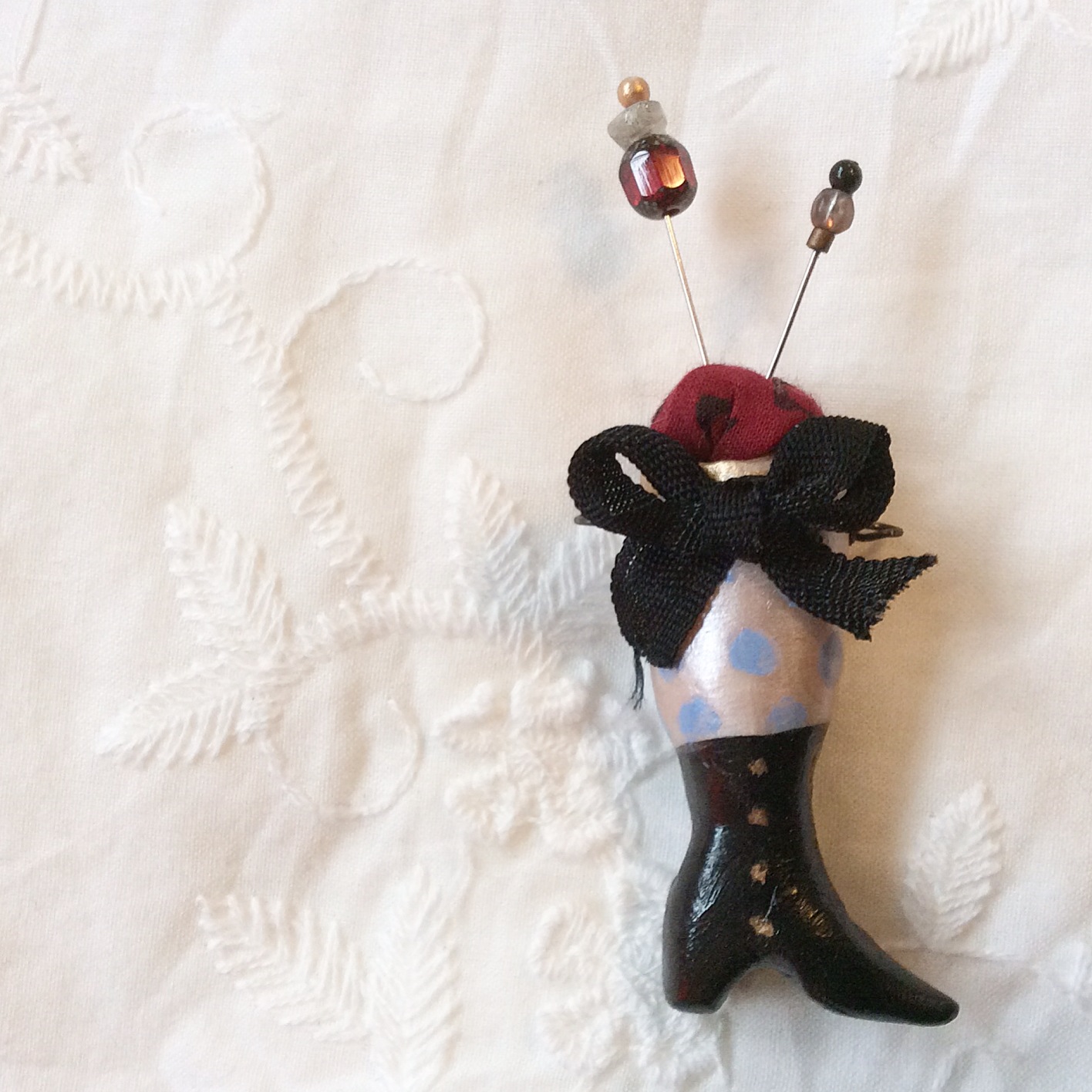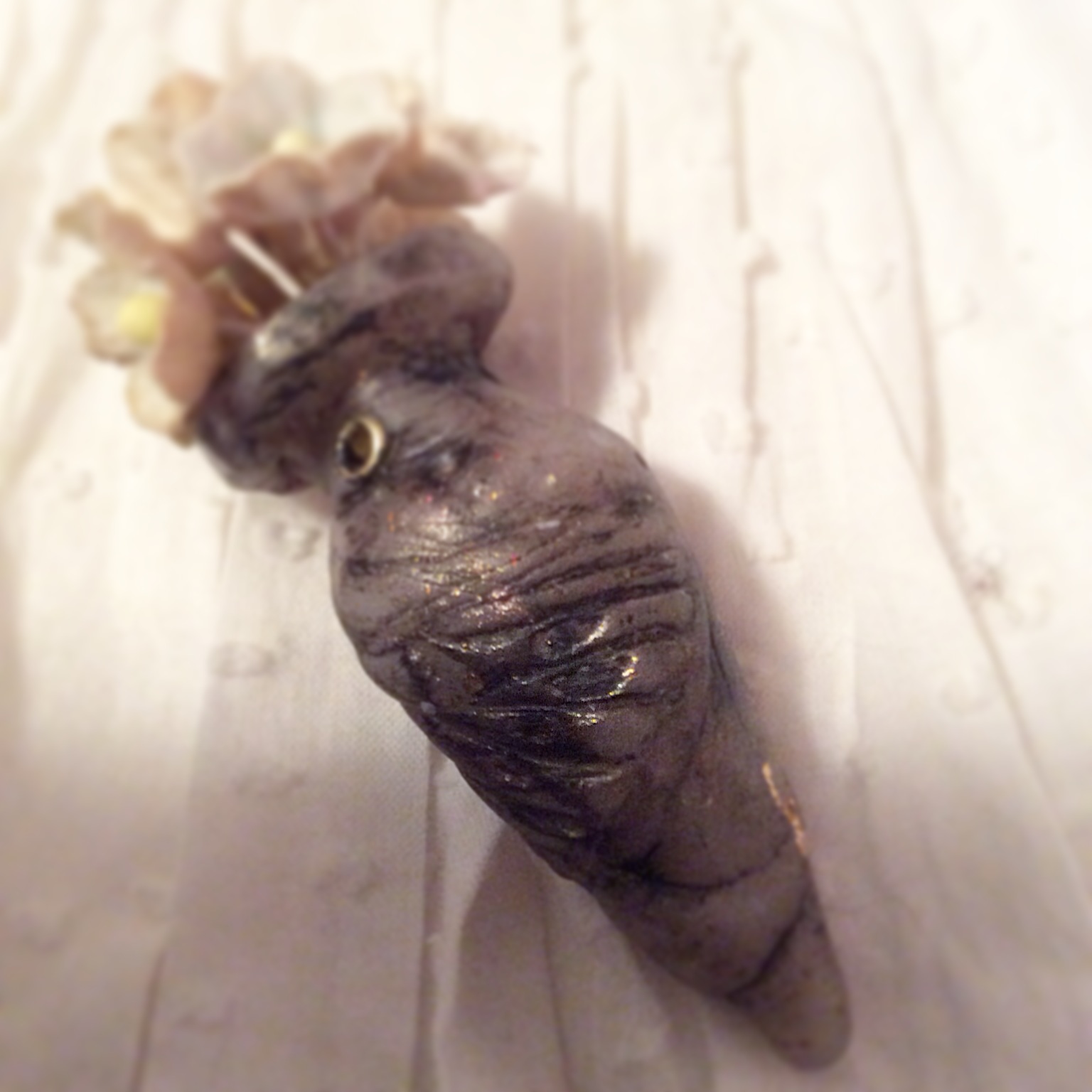Dottie Angel Frock, Part 1: WHAT SIZE?
10.01.15

You read it here first: Simplicity Pattern 1080, The Dottie Angel Frock (DAF for short), released earlier in 2015, is fast becoming a cult classic in the world of crafts and sewing. This is a pattern that will live for decades, and will one day be out of print, collectible, and highly valued on the resale market. Trust me. In otherwords, run, do not walk to your local fabric emporium and grab at LEAST one copy. Note, you are going to fall in love with and want to make a wardrobe full of these frocks and for that reason you might want to pick up a second copy or trace your first. No local shops? Visit the Simplicity site. BTW, the pattern makes 3 versions… my posts will be about version C, the most complex and delicious in my opinion.

Let me get this out of the way: I am a NOVICE sewing person. Making this dress was my first attempt at a commercial pattern from any of the Big 4 (Simplicity, McCalls, Burda, Vogue). I have been “sewing” for many years, but in the most punk-rock ad-hoc way imaginable. I did not know how to lay out, mark, or cut a pattern, let alone read and follow the often-obtuse instructions. I thrift, reconstruct, make stuff up as I go along. Some things turn out wearable, and that has been due to the fact that I have a great sense of style and design and color and can fake my way through by playing to my strengths and ignoring my weaknesses (pretty much everything to do with actual sewing). Pictured below is a 4-piece dress I had a lot of fun with years ago, the Piece of Cake Dress. It is a super sweet indie pattern available here, and quite simple. I made at least 5 of them. Good practice sewing, but did not prepare me for a commercial pattern attempt. It did give me some bias binding experience, more on that later. And yes, that’s me with supah short hair.

So, with its scant handful of pattern pieces (6 for version C), and finished results TO DIE FOR, this pattern finally inspired me to suck up all my fears and learn how to sew by the rules. I can’t be the only one. And, that’s why I’m here writing. If you want to read the musings of MUCH more experienced sewists about the DAF (and I recommend that you do even if for now you have no idea WTF they are talking about), just google and you’ll find those blog posts/pattern reviews. This is not a review. My review of this pattern is (pardonnez moi): fucking brilliant. Yes, there will be a few caveats, and this is about my experience getting through some complexities. But look at the pattern designer’s creations pictured below. I mean, just LOOK at those dresses! You know you want one. You will find out that you want 6. Or perhaps a baker’s dozen.

Briefest backstory. Dottie Angel is the crafty granny-chic alter-ego of blogger, Tif Fussell. She is, in a word, also brilliant. In a few more words, she is an adorable petite-looking powerhouse of creativity and technique… she thrifts and collects and curates… she sews, knits, embroiders, makes gorgeous photos, publishes books… she blogged for many years, is raising a bunch of kids, and seems to be the sort of dear lovely person you want as a best friend, mentor, sister. Yes, she’s all that. And she makes it look completely effortless. Which, of course, it–whatever it is–is not.
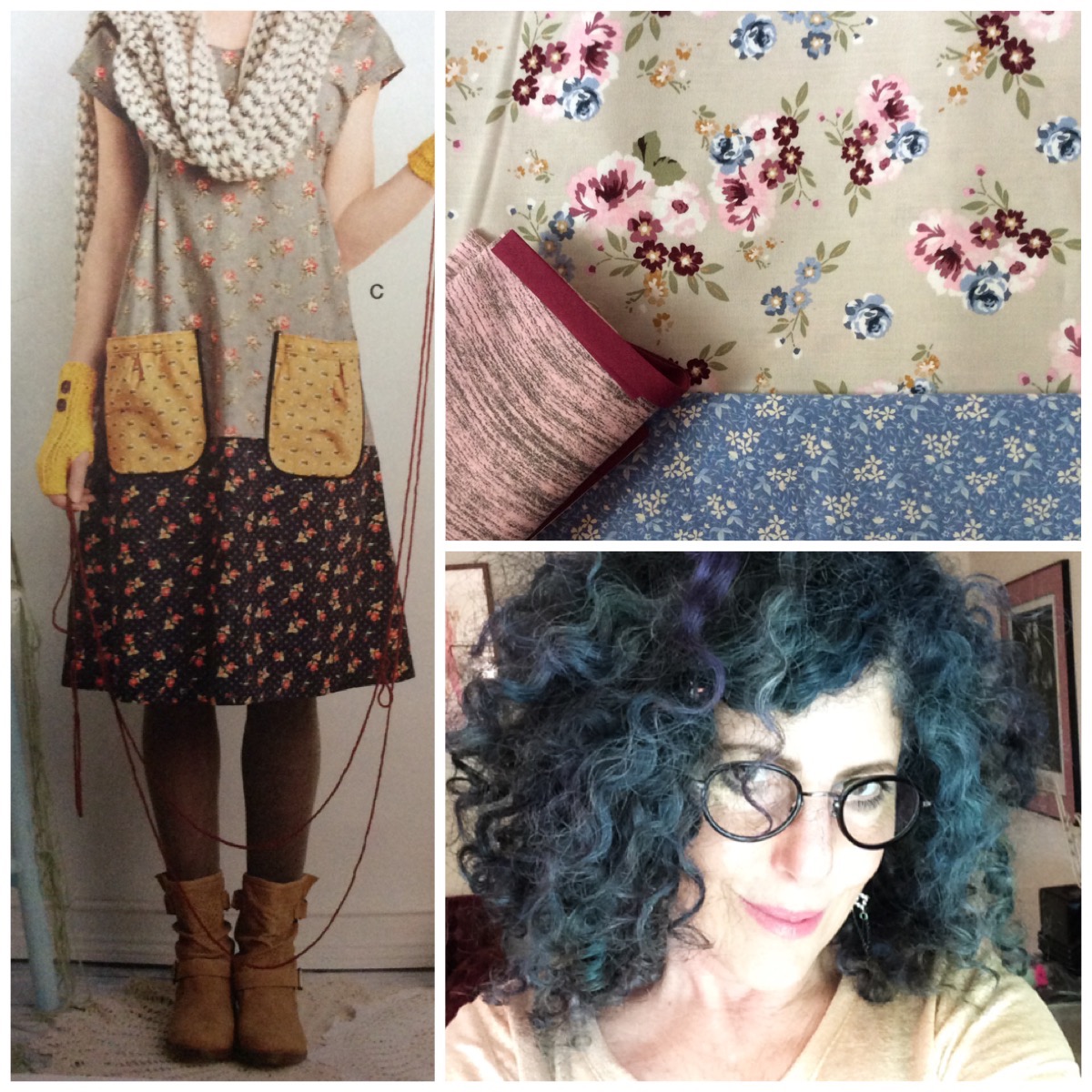
And that brings us back to this dress pattern (me and my little textile study for DAF #1, pictured above). Now, I have bought patterns before, opened up the folded moth’s-wing-thin tissues and instructions that appear written in a language I do not speak, and ended up in puddle of frustrated tears at the mere thought of getting started. Sewing from patterns is… a thing. So–and you may not like this–my recommendation to you: Learn how to use your machine a bit, then take a good basic class on working with patterns. I honestly don’t think you can learn the basics without SEEING them demonstrated (online courses are becoming big, I have my doubts, at least for me). I booked private sessions ($45 per hr, reasonable as these things go) with Jen Biehl at Bits of Thread Studio here in DC, working with her on two successive weekends for 1.5 hrs each time. Jen was kind, fun, great. We were focused. We worked hard. I was nervous and anxious. But after 3 hours (and some youtubing at home), I was able to carry on and complete my first DAF. Highly recommend Bits of Thread… lovely place.

And while it wasn’t a complete tragedy (cute fabrics!), it turned out to be too big. I am 5’1″ (petite), a curvy 122 lbs, with a 38″ bust. My teacher Jen and I both thought size M looked right, but I was, as pictured below, swimming in the thing. When my boyfriend uttered the “m-word” (matronly… GASP!) I stopped short of hemming the dress, which was all that was left to do, settled myself down, and began anew. The story has a happy ending, I promise.
In retrospect, and to be fair to Tif and Simplicity, the pattern sizing CLEARLY shows that I should have made a size Small. So remember, go by the FINISHED bust measurement (bust is the only fitted spot on the garment, really), which for M is 42″. That is 4″ bigger than my bust… and it was just that… huge-mongous. It was big everywhere… through the middle and hips, hanging off my shoulders… droopy length. Not attractive. This is why making a muslin is advised with sewing from patterns, always. A muslin being a test-garment created from inexpensive fabric (could even be an old sheet), so that you don’t cut into more expensive textiles.

I decided to make a “wearable muslin” which of course turned out not to be so wearable, at least by me. And I think, for any new patterns I try, that I will make a muslin. While it’s true that you will pour some long hours into something you won’t wear, there’s an alleviation of pressure that I think offsets this. And I realized something important: YOU DON’T HAVE TO FINISH a muslin. In fact, there are probably steps in the pattern you can even skip on your way to figuring out if the fit is right. I would not, for example, bother stay-stitching the neckline of the DAF on a muslin. NOT necessary. I would not FINISH seams properly as French or bias-covered or even overlocked (don’t let those words scare you but maybe do look them up), I would only pay attention to seam ALLOWANCE.
In other words, I might only do the steps necessary to determine fit, much of which I might be able to be complete in a few hours on a simple dress like DAF. Some fit issues will become apparent just by pinning, without even sewing. I was not experienced enough to make the judgement even though I pinned and tried on the garment like 50 times. Looking back, I could have recut the first dress down to a small had I stopped early enough, but I was really sort of unWILLING to admit it was too big. I thought I was too far in. As pictured below, I was choosing vintage buttons and dreaming about my vintage slip poking out the bottom. I was heavily invested so I pressed on. The good thing about this is that I got in a TON of practice before starting my second dress and because of that the second dress went faster, better, and I solved some key problems the second time around.

The upshot is that the size small, which I just completed on my DAF #2, is perfect for me with one tiny alteration to the pattern. I thought it might be too tight through the bust, but it is perfect. The only change I made was to lower the bust tucks and by only a quarter inch. Perfect. I will write more about this in the next post.

I wish I could help if you feel that the pattern requires more modification than something simple, but I am simply (haha) not there on my sewing journey. If you think you are really between sizes, go bigger first. Then consult someone experienced about how and where you might make changes so that you are not swimming in it. You can not wear a garment that is pulling across your bust or hiked up under your armpits. You might well be able to alter a garment down that is too big. Or give it to a friend.
Also, get out there on the internet and do some research. There are lots and lots of photos of women wearing their first (and some second) DAFs at this point in the life of this pattern, especially on Instagram #dottieangelfrock. Some of these dresses look (to me) to be too tight in the bust and that the bust tucks are too high (which people have been complaining about and I will address later). Also study the image on the cover of the pattern without judging yourself against it; she is a MODEL. I do not have the long, lean body type of this young woman (and neither, I bet do you), but look at how the garment DRAPES or falls. It is fitted because of the back tie and the front tucks, everything else is fairly soft. Drape is the important thing you are seeking to recreate with the DAF. This garment should have a somewhat loose, relaxed fit with a cute bustline and flattering high waist. Not too loose, but casual, comfortable, with room to move about. You should be able to pick apples in this dress, feed your toddler, go out to lunch with a girlfriend. And your significant other should not utter the word “matronly.” If made in the right size, this dress will be comfy on a hot humid summer day in swampy DC, or cozy with a bulky sweater and boots in the dead of winter months.
Let’s get back to size. I do not, as yet, fully understand pattern sizes. I do know this: The system apparently has not changed much over many decades (unlike clothing sizes). I can’t figure out what my pattern size is; I’m sure I will know more about this as I buy and make a few more patterns. Another thing for certain: Pattern sizes have nothing do with clothing sizes. I am generally a 6-8 in clothing, and I think my pattern size might be 12-14. So there you go. Simplicity has chosen to go with a simplified xs-xl sizing for the DAF. Let me say this again ladies: Pick your size by the FINISHED bust size. Hopefully it will work out and/or get you close to a good fit.
Last bit of advice for this first post about sizing. Do NOT get hung up on size! If Simplicity calls you an XL, and you think you are a M… try not to take it personally! Because it’s not personal! Look, I am everything from a size 4 to a size 10 in clothing. I am NOT exaggerating. I am an XL at H&M and I’m a petite size 4 at Ann Taylor Loft. This is a fact of marketing, not a judgement about your body. And I’m going to get real bold and say this: I believe that Simplicity Pattern 1080, a truly brilliant gem, can look fantastically lovely and flattering on a WIDE variety of body sizes and types… from darling sweet scrawny chickens to big beautiful brawny babes. Love yourself, and make a dress that fits and compliments your shape no matter what size anyone is calling it. The DAF, I think, really can work for almost everyone. You might need to make two to find out, but as you will see in my next posts… there is SO MUCH really fun stuff to learn by making this dress, you will only improve a myriad of techniques, and each dress will likely surpass the last in many ways.
I’m on instagram now with lots more pix there, though you’ll have to put up with myriad kitty photos.



